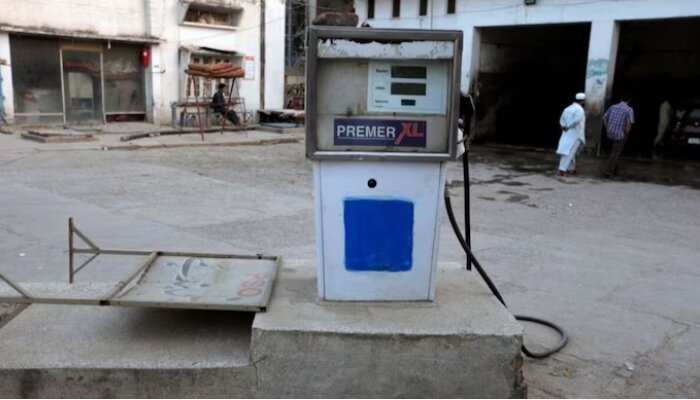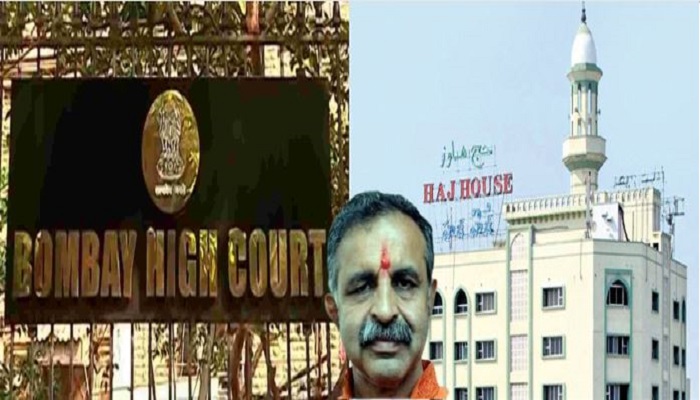Petrol and diesel prices cross Rs 300 mark in Pakistan

[ad_1]
The price of petrol and diesel in Pakistan has surpassed the Rs 300 mark for the first time in history amid protests over the country’s skyrocketing electricity costs and added to the fears of those already reeling from the dire economic condition. As per a notification issued by the Finance division of the Pakistan government, the new price of petrol is Rs 305.36 per litre, while Diesel will cost Rs 311.84 per litre.
— Ministry of Finance (@FinMinistryPak) August 31, 2023
High-speed diesel (HSD) and petrol prices have been drastically increased by the caretaker government of Prime Minister Anwaar ul Haq Kakar by Rs. 14.91 and Rs. 18.44 per litre, respectively. Kerosene and light diesel oil tariffs were not subjected to modification.
The price hike followed a significant rise on 15 August when the interim administration increased fuel rates by as much as Rs 20 per litre. Petroleum prices climbed similarly on 1 August under the previous administration.
The increase in cost is based on current tax rates and import parity prices and is mostly caused by currency depreciation and a minor escalation in global oil costs. The rupee lost much more ground on 1 September versus the US dollar in the interbank market and dropped further by Rs 1.09. It ceased at a record low of Rs 305.54.
The currency has fallen by 4.6 per cent since the caretaker setup was implemented. The currency plummeted 6.2 per cent in August.
According to the official figures provided on 25 August, Pakistan’s short-term inflation soared 27.57% year over year for the week ending on 17 August primarily as a result of a jump in oil prices. However, the inflation slowed down from the week before, when it was 30.82%. The weekly inflation as assessed by the Sensitive Price Index (SPI) increased 0.78 per cent regularly over weeks and continued a four-week trend of upward movement.
Massive protests against rising electricity costs recently took place throughout the nation. People burned their bills in large demonstrations that took place in Multan, Lahore and Karachi, among other protest places. They also confronted the representatives of the power distribution companies.
The authorities claimed that they were making an effort to solve the problem. The caretaker prime minister called an urgent conference on the subject earlier this week and ordered officials to come up with “concrete steps” to lower electricity costs. However, no solution has yet been proposed.
The electricity bill does not constitute an electricity bill because only 20% of the total is believed to be related to actual power consumption whereas 30% is taxes, and a sizeable 50% is reportedly related to government ineptness.
The circular debt in the electrical industry peaked at 100 billion Pakistani Rupees (PKR) around the year 2008. This amount has increased to an astounding PKR 2,400 billion as of 2023. Every political administration that ruled the country between 2008 and 2023 bears some responsibility for the complex crisis that has gripped the country as a result of the steep increase.
The approval of the price boost for fuel and diesel comes as Pakistan experiences one of the greatest economic crises in its history combined with political unrest and terrorist attacks. At 21.3%, inflation in the country has reached a record level. The rupee’s value against the US dollar fell by approximately half in the previous year. The nation’s foreign exchange reserves which are at about $10 billion, are severely low.
Wheat, a necessary commodity, has seen an enormous 130% bump in price over the past year. Petrol costs have gone up by 108% at the same time, and the cost of tea, rice and sugar has shot up by 90% and 80% respectively.
According to experts, a jump in fuel prices is expected to have a terrible effect on Pakistan’s population.
[ad_2]
Source link



